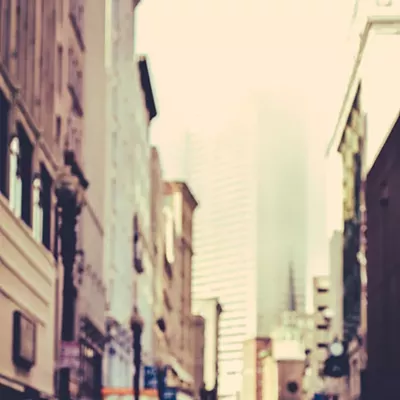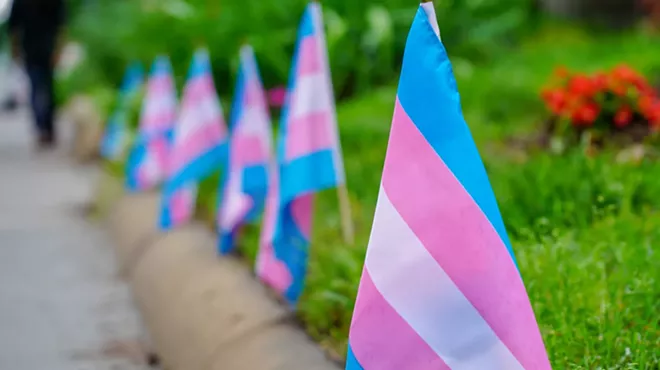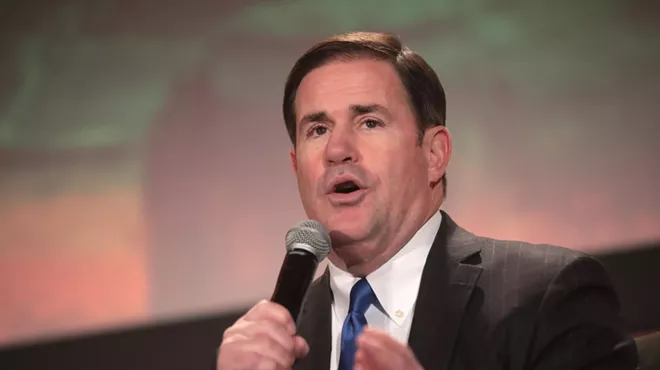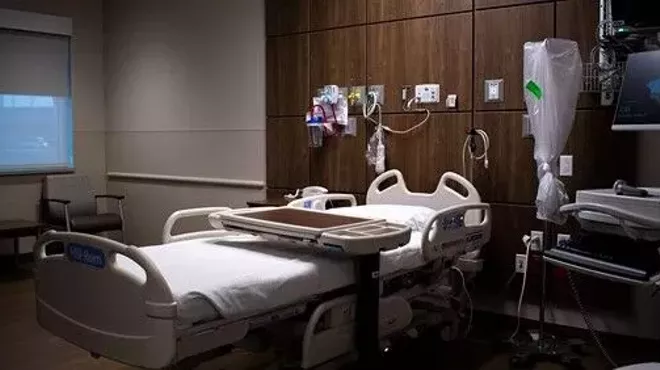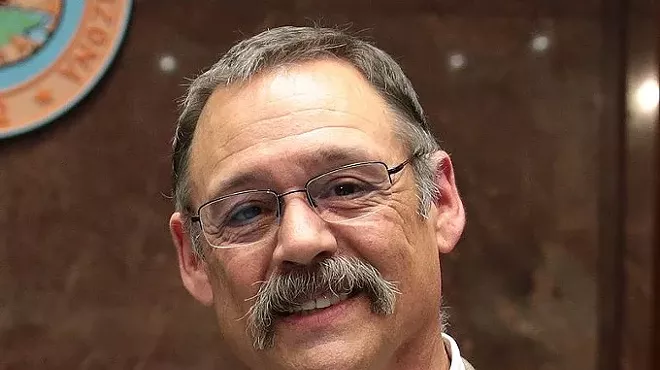Monday, August 3, 2020
Nobody Accurately Tracks Health Care Workers Lost to COVID-19. So She Stays Up At Night Cataloging the Dead.
Page 4 of 5
A preprint study out of Italy last week hinted at the kind of lessons researchers and policy makers might glean if they had more complete data about health care workers in the U.S. The study pooled data from occupational medical centers in six Italian cities, where more than 10,000 doctors, nurses and other providers were tested for coronavirus from March to early May. Along with basic demographic information, the data included job title, the facility and department where the employee worked, the type of PPE used and self-reported COVID-19 symptoms.The most important findings: Working in a designated COVID-19 ward didn’t put workers at greater risk of infection, while wearing a mask “appeared to be the single most effective approach” to keeping them safe.
In the U.S., many medical facilities are similarly monitoring employee infections and deaths and adjusting policies accordingly. But for the most part, that information isn’t being made public, which makes it impossible to see the bigger picture, or for systems to learn from each other’s experiences, to better protect their workers.
Imagine all of the opportunities it would present if everyone could see the full landscape, said Ivan Oransky, vice president for editorial content at Medscape, where a memorial page to honor global front liners has been one of the site’s best-read features. “You could be doing some real great shoe-leather epidemiology. … You could go: ‘Wait a second. That hospital has 12 fatalities among health care workers. The hospital across town has none. That can’t be pure coincidence. What did this one, frankly, do wrong, and what’s the other one doing right?’”
To Adia Harvey Wingfield, a sociologist at Washington University and author of “Flatlining: Race, Work, and Health Care in the New Economy,” some of the most pressing questions relate to disparities: “Where is this virus hitting our health care workers hardest?” Is the impact falling disproportionately on certain categories of workers — for example, doctors vs. registered nurses vs. nursing aides — on certain types of facilities, or in certain parts of the country? Are providers who serve lower-income communities of color more likely to become ill?
“If we aren’t attuned to these issues, that puts everybody at a disadvantage,” Wingfield said. “It’s hard to identify problems or identify solutions without the data.” The answers are especially important in Black and Latino communities that have suffered the highest rates of sickness and death — and where health care workers are themselves more likely to be people of color. Without good information to guide current and future policy, she said, “we could potentially be facing long-term catastrophic gaps in care and coverage.”
The near-term consequences have also been enormous. The lack of public data about health care workers and deaths may have contributed to a dangerous complacency as infections have surged in the South and West, Friese said — for example, the idea that COVID-19 is no more dangerous than other common respiratory viruses. “I’ve been at this for 23 years. I’ve never seen so many health care workers stricken in my career. This whole idea that it’s just like the flu probably set us back quite a way.”
He sees similar misconceptions about PPE: “If we had a better understanding of the number of health care workers infected, it might help our policymakers recognize the PPE remains inadequate and they need to redouble their efforts. … People are still MacGyvering and wrapping themselves in trash bags. If we’re reusing N95 respirators, we haven’t solved the problem. And until we solve that, we’re going to continue to see the really tragic results that we’re seeing.”
The misconceptions appeared to stretch to the highest reaches of the federal government, even as infections and deaths started surging again. At a White House event in July focused on reopening schools in the fall, HHS secretary Alex Azar told the people gathered, “health care workers … don’t get infected because they take appropriate precautions.”
Even some medical workers have continued to be in denial. A few days before Azar spoke, Twitter was abuzz over an Alabama nurse who worked the COVID-19 floor at a hospital by day and decompressed at crowded bars by night, where she often went maskless. “I work in the health care industry,” she was quoted as saying, “so I feel like I probably won’t get it if I haven’t gotten it by now.”


